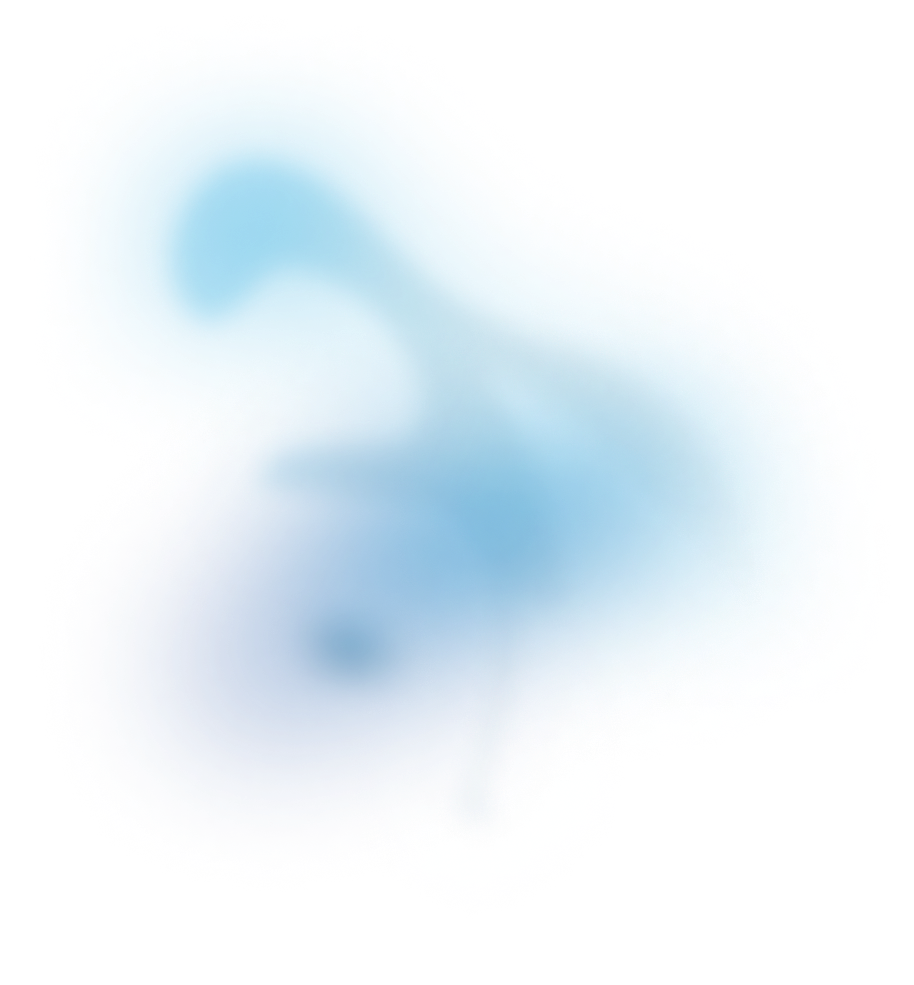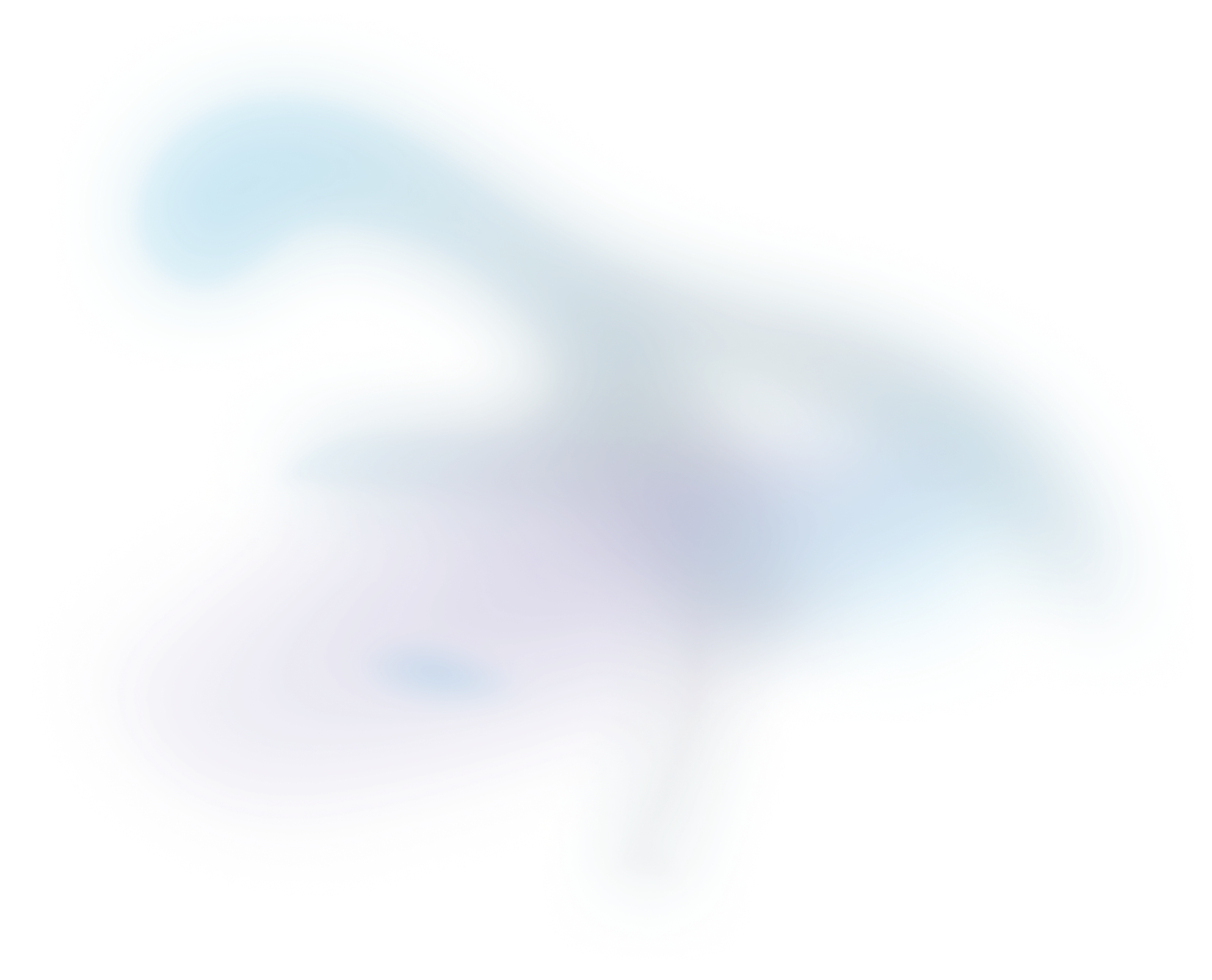

Classification of Small Blue Round Cell Tumors by integrating peptide and N-glycan mass spectrometric profiles
How do different machine learning models perform in the classification of tumours when trained on information from peptide or N-glycan profiles? This study investigated what happens when commonly used machine learning models were trained on peptides and histology profiles, N-glycans and histology, and the integration of all three.
Access publication
Small blue round cell tumors (SBRCT) represent a group of cancers with similar histological appearances but vastly different origins, such as Ewing sarcoma or nephroblastoma. Accurate diagnosis is critical, as treatment strategies and prognoses vary significantly across tumor types. This proof-of-concept study investigated if the spatial profiles of peptides and N-glycans from matrix-assisted laser desorption/ionization mass spectrometry imaging (MALDI-MSI) could be used to distinguish between SBRCT entities.
A tissue microarray of 26 SBRCT samples comprising Ewing sarcoma (n = 5), rhabdomyosarcoma (n = 5), neuroendocrine carcinoma (n = 5), acute lymphoblastic leukemia (n = 5), nephroblastoma (n = 3), and neuroblastoma (n = 3) was used to create classification algorithms to distinguish between the tumor types. We trained and tested four different classification algorithms (gradient boosting (GB), support vector machine (SVM), k-nearest neighbor (KNN), linear discriminant analysis (LDA)) on pixel-level achieving accuracy values between 76 % and 100 %.
As the peptide and N-glycan profiles were generated from separate MALDI-MSI measurements, Weave software was used to create a spatially integrated peptide, N-glycan and histology dataset. Combining the three levels of information led to a 4–5 % increase in accuracy compared to the results on the individual datasets. GB was the most robust classifier. Tentative identification of discriminatory tryptic peptide and N-glycan signatures revealed proteins involved in epigenetic regulation and organization of the cytoskeleton as well as fucosylated N-glycans.
In conclusion, MALDI-MSI of peptides and glycans—especially when combined—demonstrates high potential in accurately differentiating SBRCT types. Future research will involve expanding the dataset and exploring alternative analytical approaches to further enhance diagnostic accuracy.
Please contact us if you are interested in learning more about this or have similar workflow needs.
Publication Details: Christine Bollwein1, Nathan Heath Patterson2, Thao Tran2, Alice Ly2, Kristina Schwamborn1, Naomi O'Sullivan1, Juliana Pereira Lopes Gonçalves1
Classification of Small Blue Round Cell Tumors by integrating peptide and N-glycan mass spectrometric profiles
Analytica Chimica Acta, 2025. https://doi.org/10.1016/j.aca.2025.344614
AFFILIATIONS
- Institute of Pathology, School of Medicine, Technical University of Munich, Trogerstraße 18, 81675 Munich, Germany
- Aspect Analytics NV, C-mine 12, 3600 Genk, Belgium

